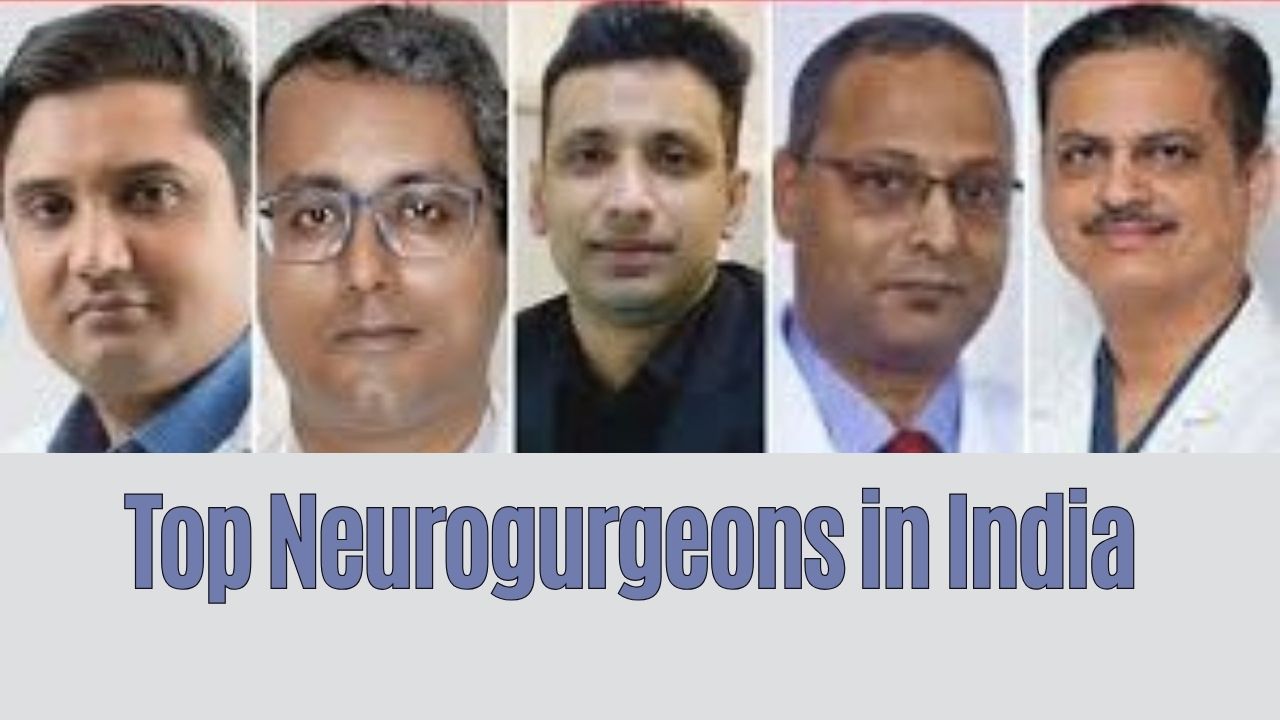
Bone marrow transplant is a treatment for curing patients of certain cancers or other diseases. The procedure involves taking cells found in the bone marrow, known as stem cells, filtering them, and giving them back to the donor or another individual. The reason for carrying out a bone marrow transplant is for transferring healthy bone marrow cells into a patient after treating their unhealthy bone marrow to neutralize the cancerous cells.
Bone Marrow Transplant
Bone marrow is the soft spongy tissue found at the center of bones. The marrow is also the source of blood vessels in the body, which are of two types – red and yellow. Bone marrow is red until about age seven. Yellow bone marrow gradually replaces the red bone marrow as the individual ages.
Red marrow is a delicate threadlike tissue containing stem cells. The stem cells in the red marrow create other components of your blood. These are:
- Red blood cells – they carry oxygen-rich blood to the body’s cells.
- White blood cells – these are tasked with helping the body fight off any infections.
- Platelets – Platelets aid in preventing uncontrolled bleeding as it helps the blood to clot.
Yellow marrow consists mainly of fat and stem cells. It gets its name from the yellowish hue of the fatty cells present in it. Their main job is to:
- Preserve fat for energy production.
- Develop bone, cartilage, muscle, and fat cells in your body.
Situations which require bone marrow transplants:
- Replacing stem cells in the case of treatment that requires high doses of chemotherapy or radiation.
- To replace diseased bone marrow that’s unable to make its stem cells.
- Helps regenerate the immune system to combat existing or residual cancers such as leukaemia.
There are two kinds of bone marrow transplants – allogeneic and autologous.
Patients with leukaemia, anaemia, or inherited disorders would require blood or a bone marrow transplant from a donor. This kind is known as an allogeneic transplant. In this case, the donors are usually families, such as a parent or a sibling. Doctors may also resort to using stem cells from the blood in a newborn’s umbilical cord.
Individuals diagnosed with lymphoma or myeloma and some other forms of cancer may serve as their donors. Exercising this option would mean undergoing an autologous blood or bone marrow transplant. The injected cells make their way to the bone marrow, where they multiply, the result of which are healthy stem cells.
A doctor may order a bone marrow test if they feel there is cause for concern regarding the functioning of the patient’s bone marrow.
There are two ways of conducting bone marrow tests for collecting bone marrow samples, typically carried out simultaneously:
- Bone marrow aspiration involving extraction of bone marrow fluid and cells.
- Bone marrow biopsy that requires removal of the bone marrow along with a small piece of bone.
Bone marrow biopsies provide healthcare providers with information that can be used for:
- Diagnosing a condition: Your healthcare provider may recommend a bone marrow biopsy if an abnormal quantity of blood cells is present in a sample. Carrying out a biopsy can also help diagnose cancer, unexplained fevers, or infections.
- Detecting cancer progress: Bone marrow biopsies can help understand cancer’s progression, if it has reached your bone marrow and the extent of its growth.
- Monitoring treatment progress: Your provider may go in for a bone marrow biopsy to evaluate the treatment progress. Patients who have cancer, for example, may undergo biopsies at regular intervals. The biopsy results will help understand the effectiveness of the treatment and if the marrow is producing sufficient healthy blood cells.
- Identify a donor: Bone marrow biopsies can also identify a donor in case an allogeneic transplant is required.
- In situations where an individual has insufficient healthy blood cells, they would require a donor to step and donate healthy stem cells. To proceed with the transplant, both the donor and the recipient should be a perfect match.
Preparing for a Bone Marrow Transplant:
A series of tests are carried out to assess your general health to ensure that you’re physically prepared for the transplant. These tests will help identify and avoid any potential concerns and complications before and after your transplant.
Some of these tests include:
- Screening for infectious diseases.
- Blood work to check if your organs are functioning normally.
- Chest X-ray.
- Computed tomography scan (CT Scan).
- Positron emission tomography scan(PET scan).
- Electrocardiogram (ECG).
A long thin tube or catheter will then be implanted intravenously – that is, into the vein either in the chest or neck. The catheter, also called a central line, needs to remain in place during the treatment. The central line is used to infuse the transplanted cells and administer medication.
The rest of the procedure depends on whether it is an autologous or allogeneic bone marrow transplant.
Autologous Bone Marrow Transplant:
An autologous bone marrow transplant or autologous stem cell transplant uses healthy blood stem cells extracted from your body to replace the ineffective bone marrow.
The advantage of turning to stem cells from your own body for a transplant rather than from a donor is that there is no concern over incompatibility between the donor’s cells and your own.
An autologous stem cell transplant can be considered if your body produces sufficient healthy bone marrow cells, which can be frozen and used later.
Allogeneic Bone Marrow Transplant:
An allogeneic bone marrow transplant involves utilizing healthy stem cells from a donor to replace the affected individual’s bone marrow that is unable to produce sufficient healthy blood cells.
The donor could be a part of the family, an acquaintance, or a total stranger. Multiple sources exist for the blood stem cells used in an allogeneic bone marrow transplant. These can be:
- Obtained from a donor’s blood.
- Obtained from the bone marrow located in the donor’s hip bone.
- Obtained from the blood of a donated umbilical cord.
Before commencing the bone marrow transplant, the physician will administer large doses of chemotherapy or radiation to destroy your diseased cells and enable the body to receive cells from the donor.
This process is known as conditioning and briefly weakens your immune system so that it doesn’t fight the donated cells. The conditioning process is common to both autologous and allogeneic procedures.
Possible side effects of the conditioning process may include:
- Nausea and vomiting
- Diarrohea
- Hair loss
- Mouth sores or ulcers
- Possible infection and bleeding
- Infertility
- Aneamia
- Fatigue
- Cataracts
- Chances of organ failure
How the Transplant Procedure Works:
- Bone marrow transplant – Once the conditioning process is complete, the transplant procedure begins. When you turn up for your transplant, the stem cells are infused through the inserted central line. The infusion process itself is painless, during which you will be conscious.
- Completion of transplant procedure: The infused stem cells will make their way to your bone marrow and begin producing new blood cells, a process that can take a few weeks. You may also be given transfusions of red blood cells and platelets at periodic intervals until your bone marrow can produce enough of those cells on its own.
- Recovery: If the stem cells for your transplant have come from a donor, there is a risk of graft-versus-host disease (GVHD). This is a condition where the donated stem cells view the recipient’s cells as a threat and end up attacking the recipient’s cells.
In this case, you may take medications to help prevent GVHD and control your immune system’s reaction. Some symptoms of GVHD include abdominal pain that may be accompanied by cramps, diarrhoea, nausea, or vomiting. Jaundice and skin rashes are also a possibility.
Some adjustments in your diet may be required after the bone marrow transplant. Your dietitian will work with you to create a plan that meets your food intake requirements. The dietitian can also suggest certain foods capable of controlling the side effects of chemotherapy and radiation, such as nausea.
Some of your dietitian’s recommendations may include:
- Taking care to prevent foodborne infections.
- Including healthy food products in the diet, such as vegetables, fruits, lean meats that include poultry and fish, and healthy fats such as olive oil.
- Placing a limit on salt intake.
- Cutting back on alcohol.
- Instructions to avoid grapefruit and grapefruit juice as they may reduce the effectiveness of any medication given.
Additional Precautions:
- Limit your time in direct sunlight, and use sunscreen if leaving home.
- Avoid tobacco and alcohol.
- Avoid consuming cold cuts and meats that are not cooked well.
Common side effects of the recovery process:
- Feeling of lightheadedness.
- Disturbed sleep.
- Swelling at the surgery location.
- Swelling of the lower back.
- Stiffness.
- Excess fatigue.
Bone Marrow Transplant Cost in India:
The price of bone marrow transplant in India varies from anything between INR 15 lakhs to INR 35 lakhs (approximately USD 18,000 to USD 42,000). Naturally, the transplant cost also depends on the kind of transplant the patient chooses and the choice of hospital, among other factors.
The different aspects to be taken into consideration while estimating the cost of bone marrow transplant in India are:
- Pre and post-operative costs.
- Location and size of the tumor.
- Hospital’s reputation and facilities.
- Surgeon’s experience and skill level.
- Patient’s age and overall health.
- Donor-patient relationship.
- Kind of bone marrow transplant chosen.
- Duration of stay at the hospital.
Post the bone marrow transfer procedure, an average stay of up to 30 days in the hospital is required. The survival rate of bone marrow transplants has increased over the years, and it currently hovers between 60-90% depending on the recipient’s health and age, among other factors.
Top 10 Best Bone Marrow Transplant Hospitals in India
India is a favored destination for medical tourism thanks to its excellent hospitals and facilities provided across all specialties. The country also has some of the most reputed hospitals for those looking for bone marrow transplants.
Of the hospitals mentioned below, all of them can qualify as the best hospital for bone marrow transplants in India. These hospitals are more than capable of providing stellar treatment for cancer-afflicted patients in the country, both from within and beyond its borders.
Top 10 Best Bone Marrow Transplant Doctors in India
Complimenting some of the best medical facilities in India for combating cancer, are arguably some of the best doctors for bone marrow transplants in India. Further, the medical facilities they are associated with work in sync with their expertise and experience garnered over the years.
My Med Trip is a leading healthcare and medical tourism company in India. We are offering complete medical tourism services in India for foreign patients. We also provide free medical consulting with appointments with the best hospitals and doctors in India. Our main medical tourism services are kidney transplant in India, liver transplant, liver cancer treatment in India, best kidney transplant, shoulder replacement surgery cost in India, brain tumor surgery, knee surgery, bone marrow transplant, best cardiologist in India etc.







